

Did You Know These Things May Actually Increase Your Risk of Ost…
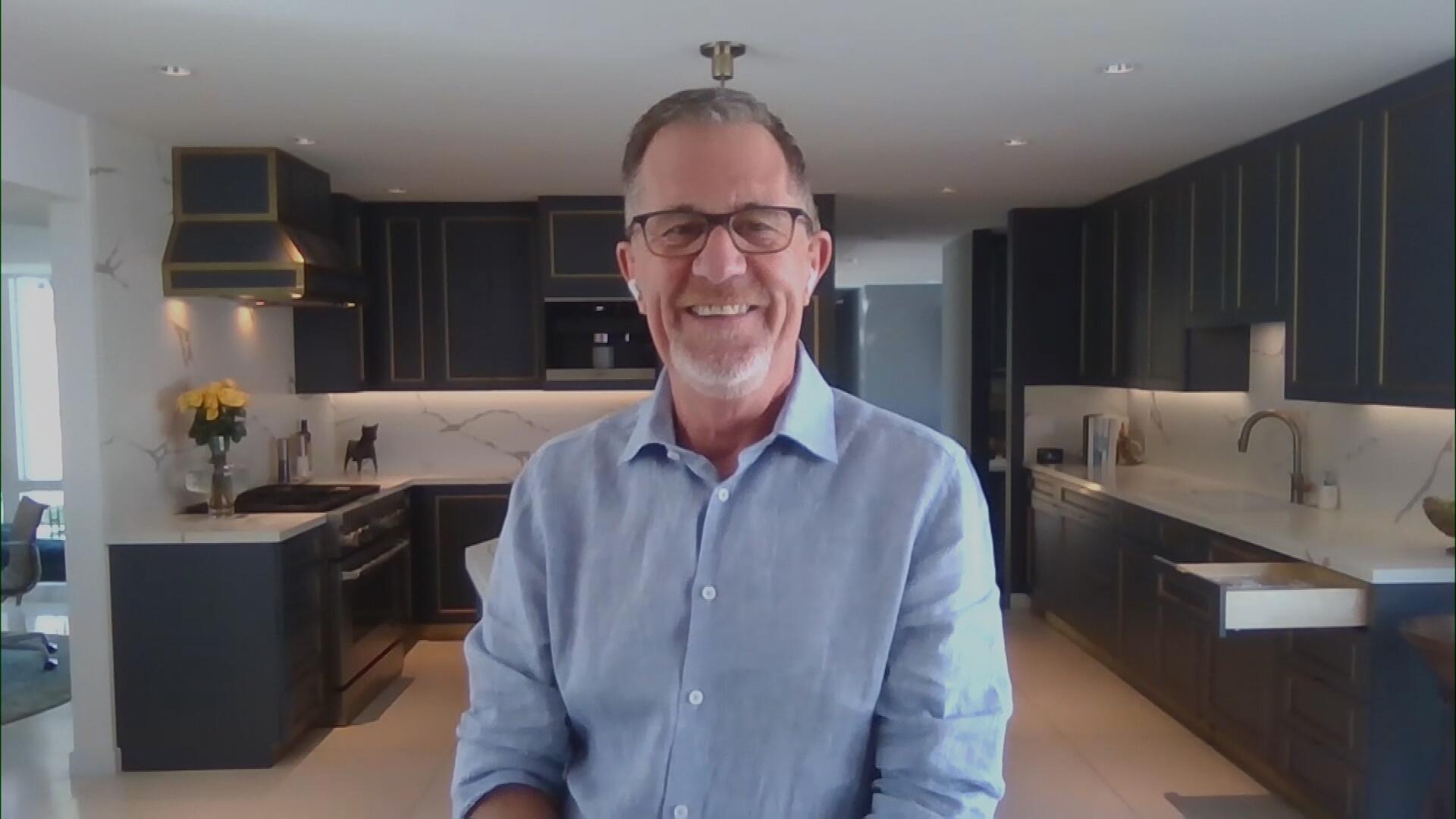
Q&A with Organizational Pro Peter Walsh + Dermatologist Shares A…
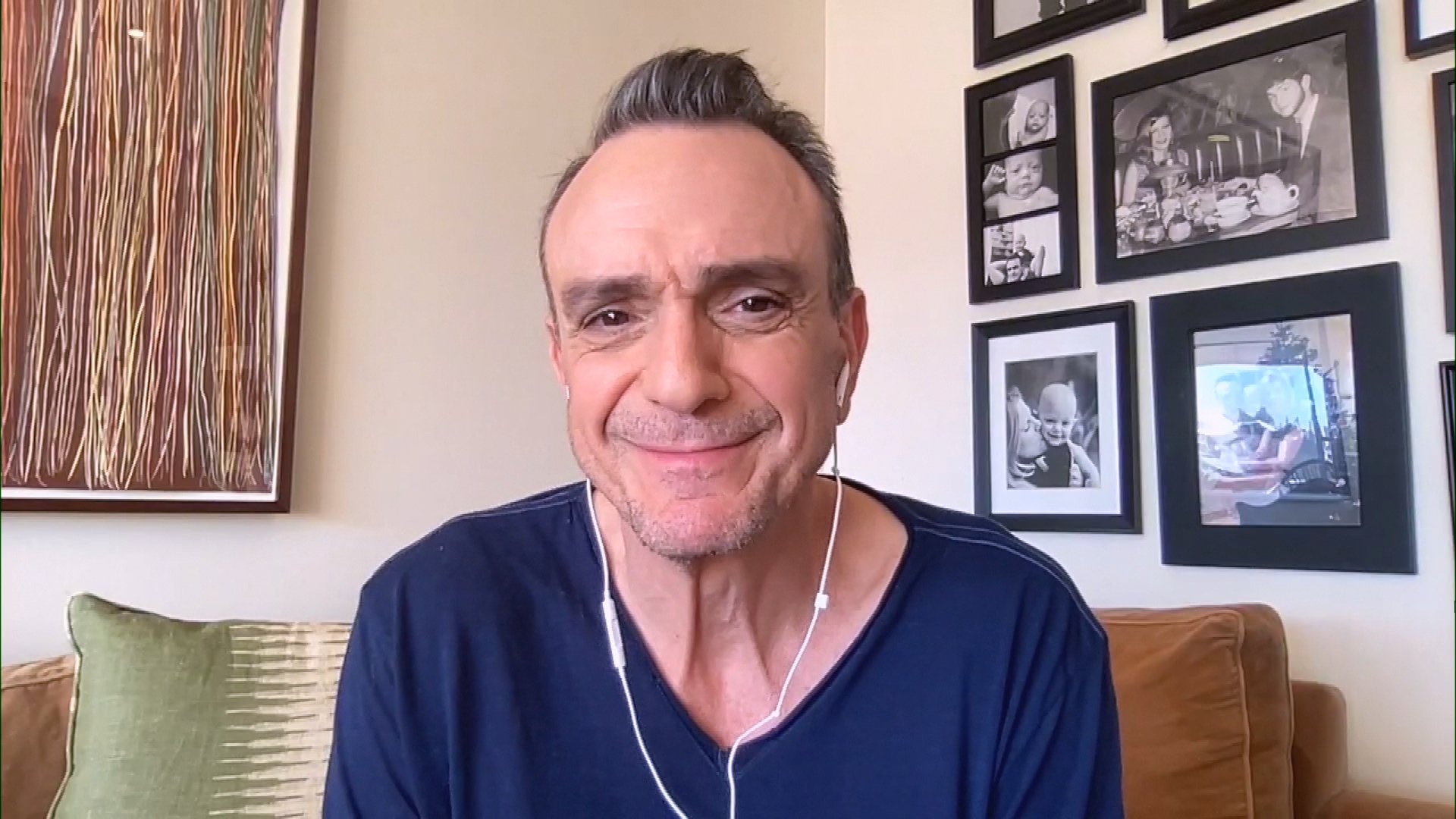
Actor Hank Azaria + Freezer Meals + Artichokes 2 Ways with Rach

See Inside Barbara Corcoran's Stunning NY Apartment + It's Steak…

How to Make Chicken and Lobster Piccata | Richard Blais
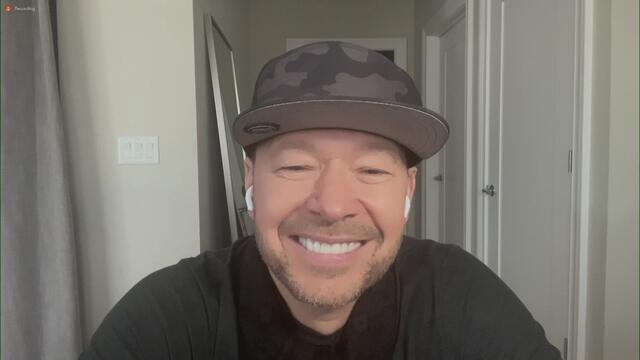
Donnie Wahlberg Spills Details About NKOTB's First Ever Conventi…
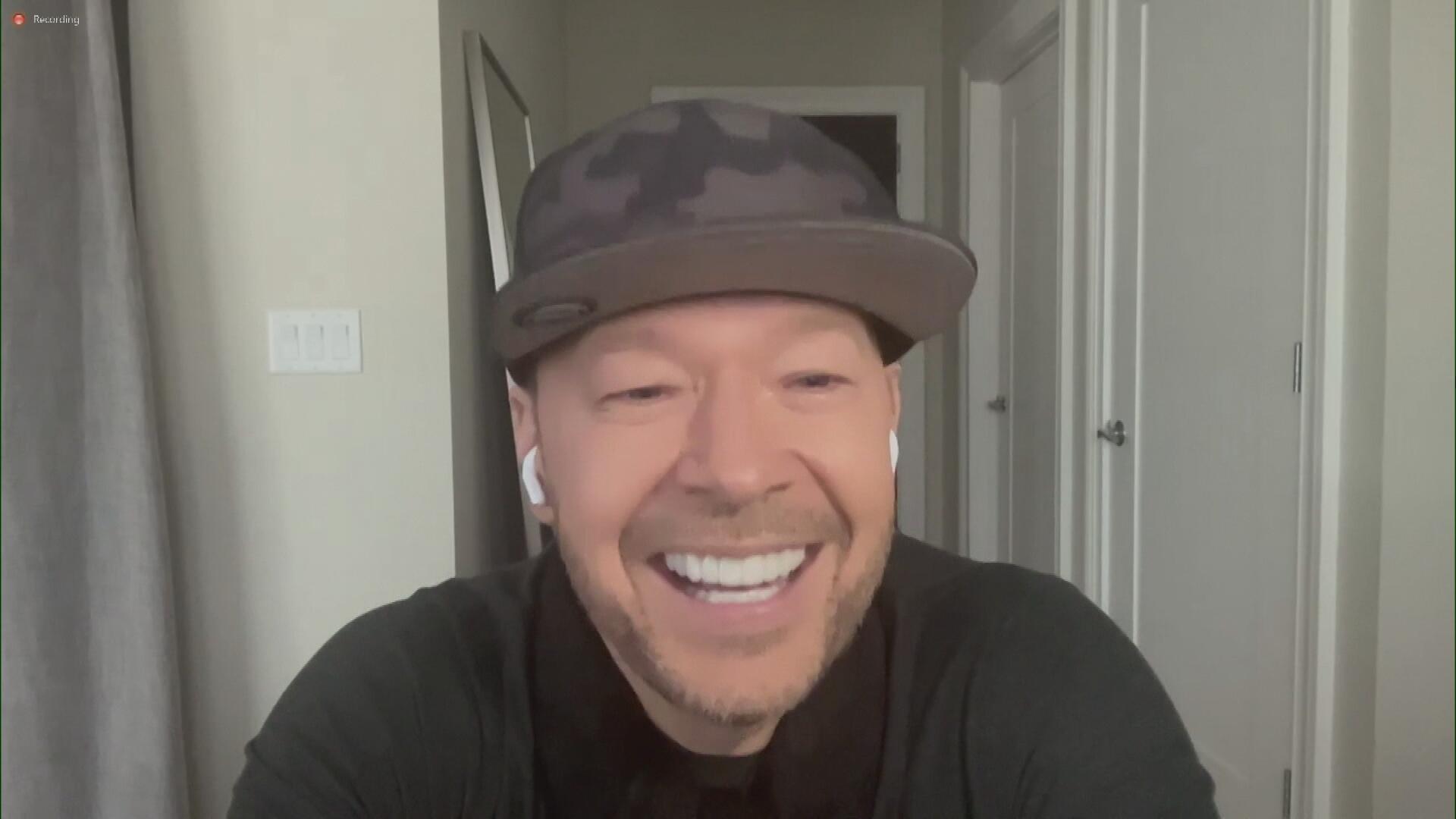
Donnie Wahlberg + Jenny McCarthy Say Rach Is Such a "Joy" + Look…
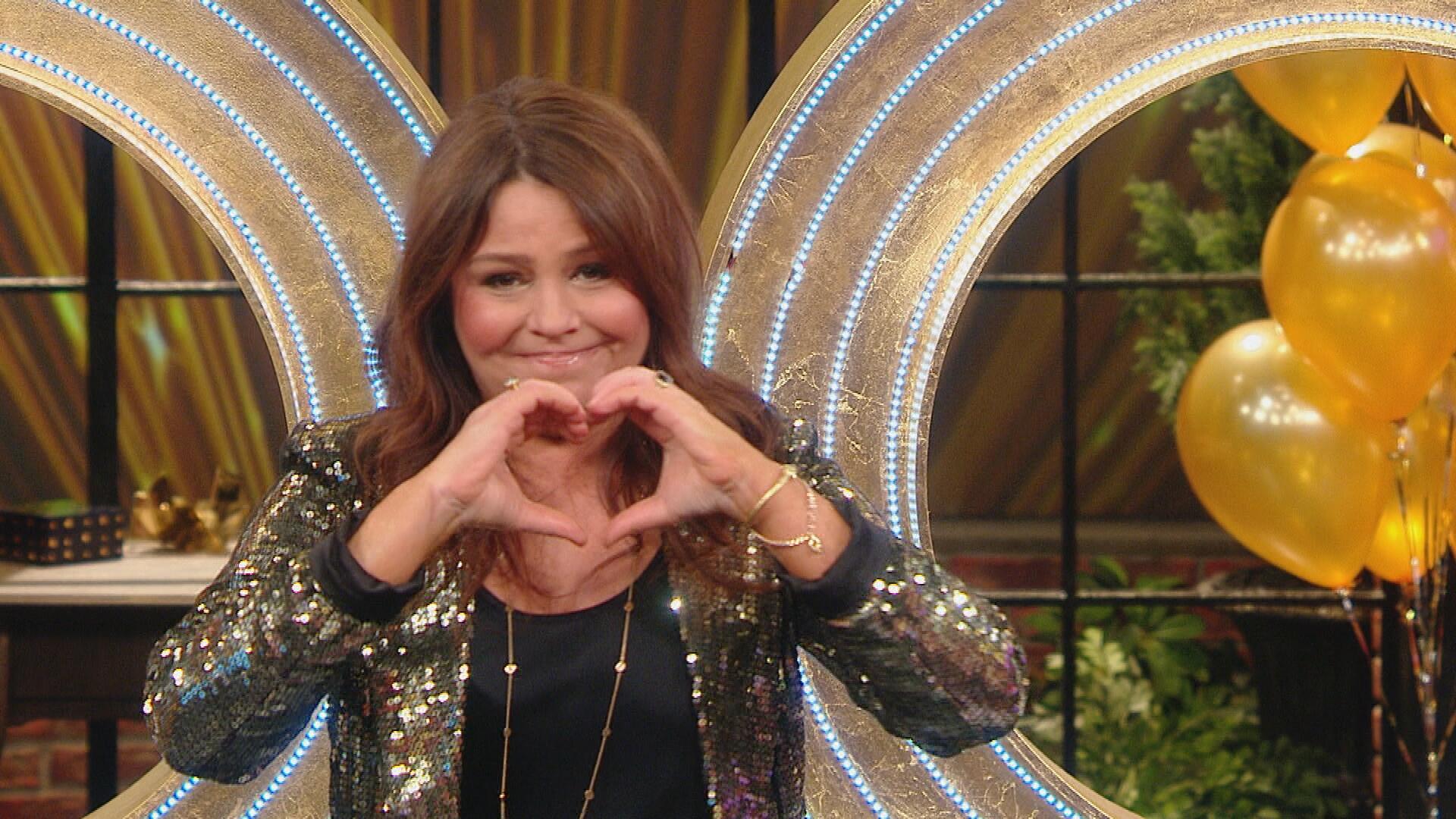
The Best Moments From 17 Seasons of the Show Will Make You Laugh…
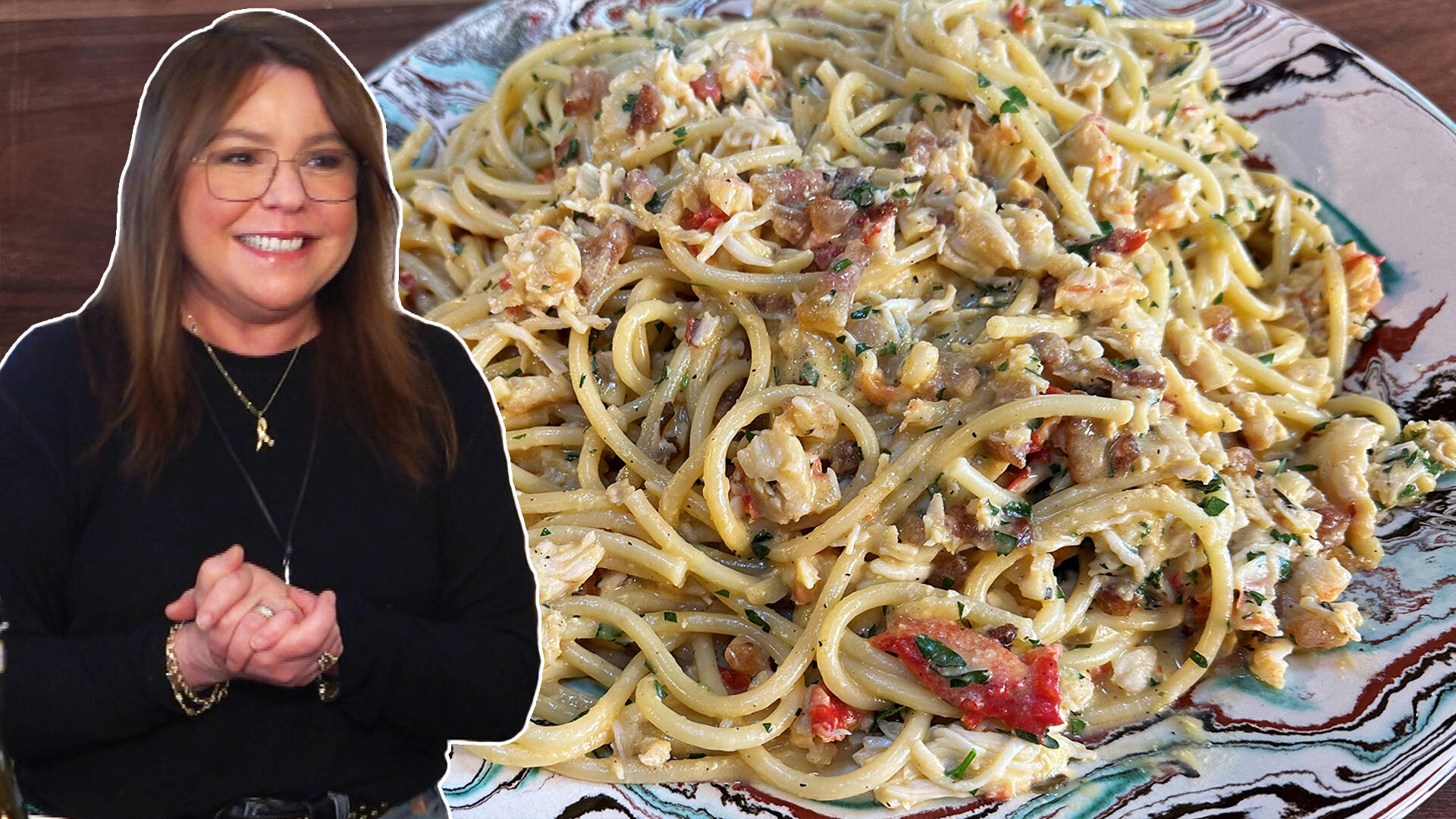
How to Make Crabby Carbonara | Rachael Ray
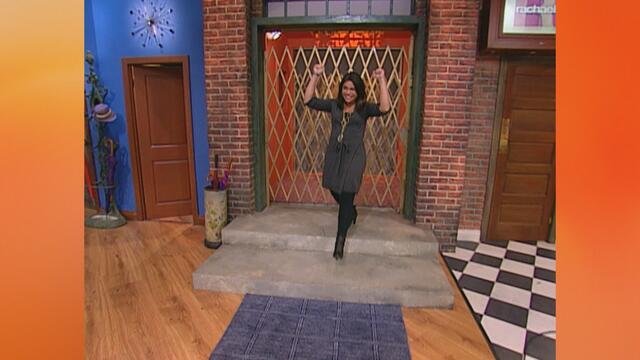
Rach Chats "Firsts" In Flashback From Our First Episode Ever In …
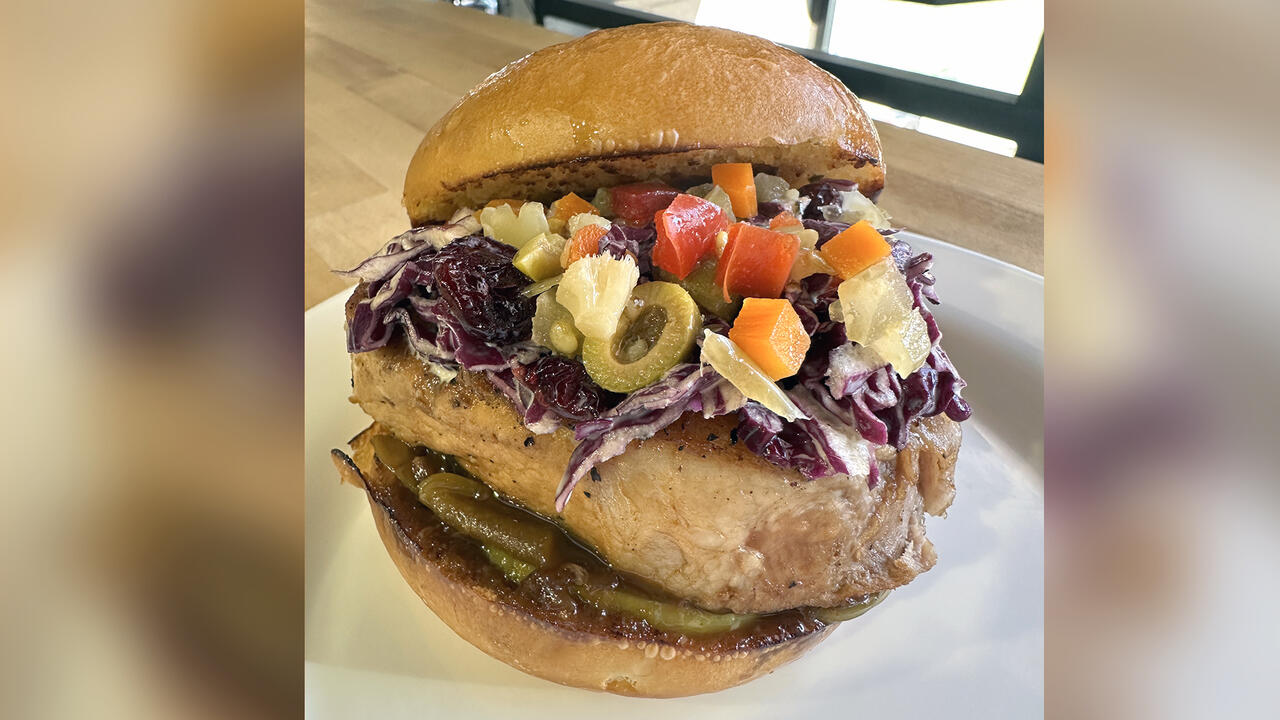
How to Make Apple-Cider Braised Pork Chop Sandwiches with Onion …
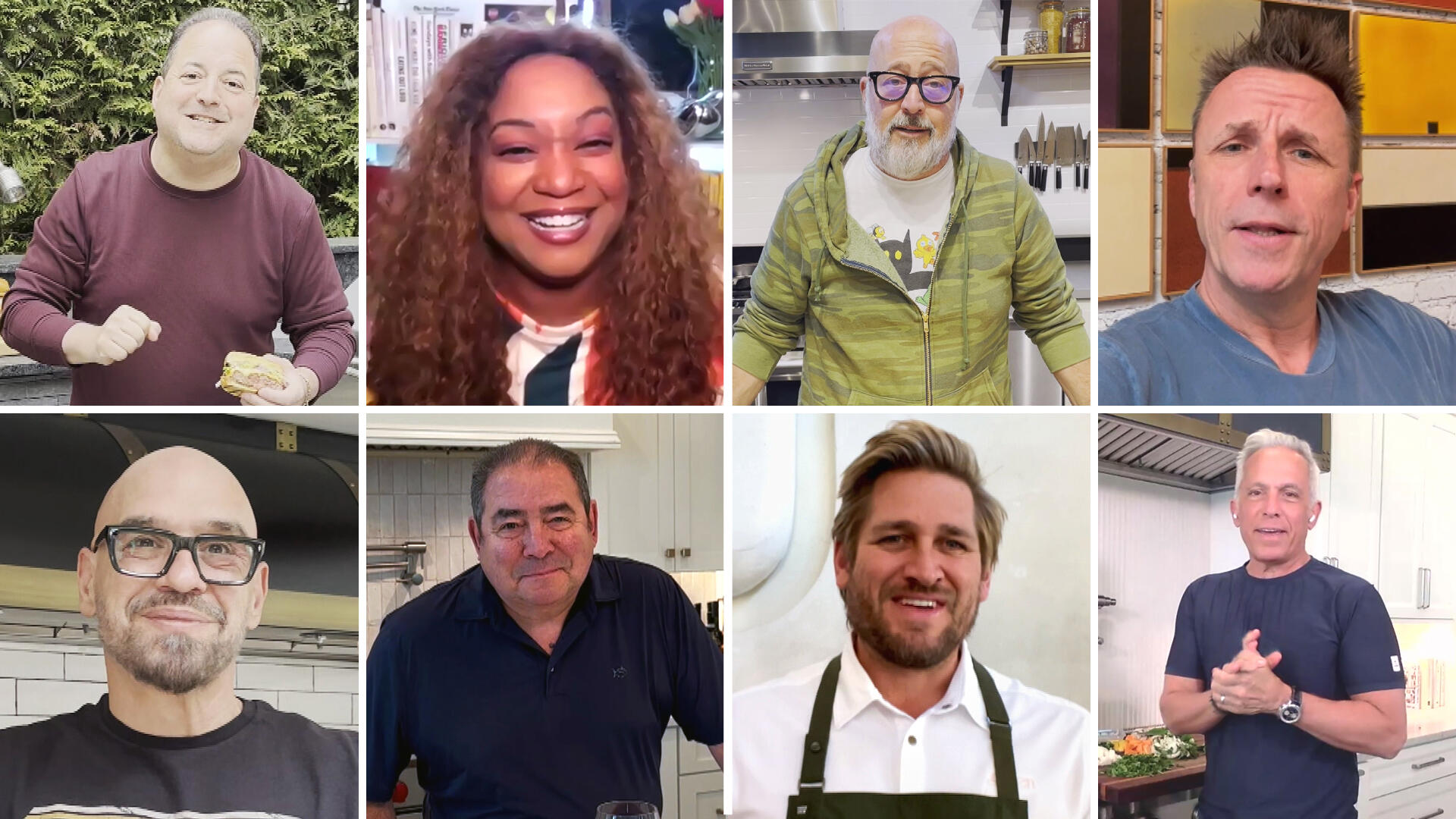
Rach's Chef Pals Say Goodbye to Show in Surprise Video Message
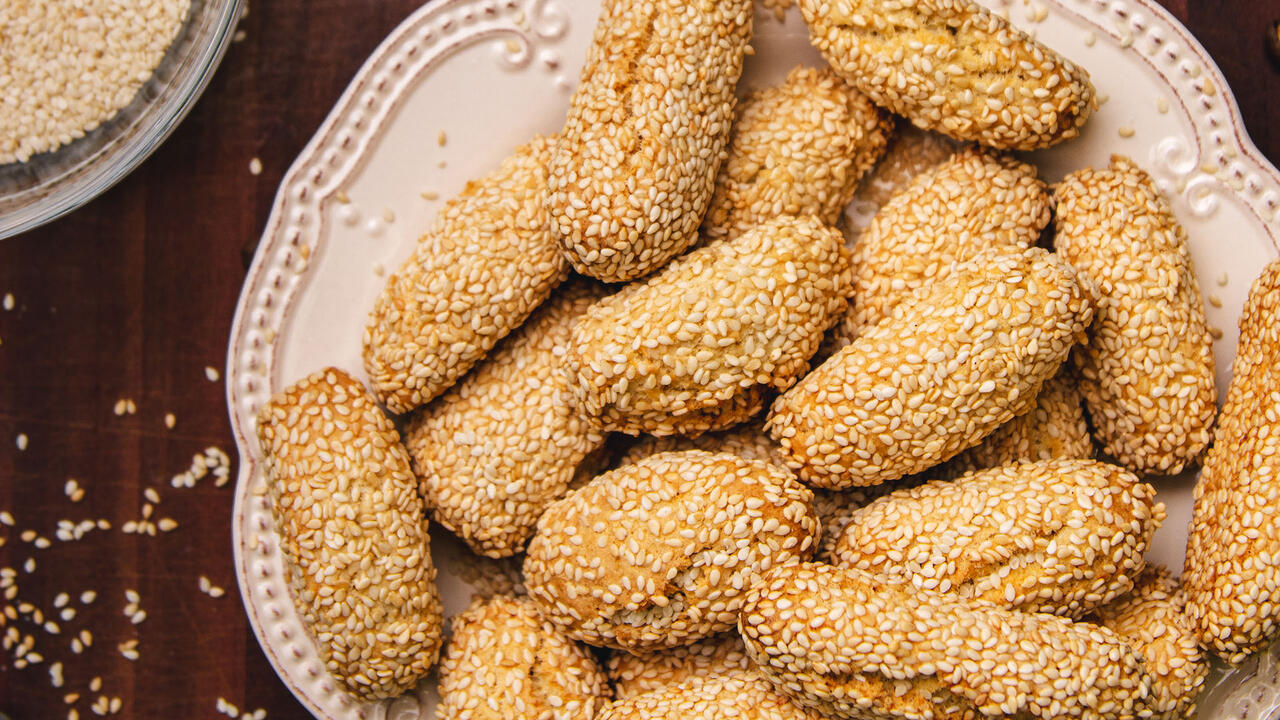
How to Make Sesame Cookies | Buddy Valastro

How to Make Tortilla with Potatoes, Piquillo Peppers and Mancheg…

How to Make Shrimp Burgers | Jacques Pepin
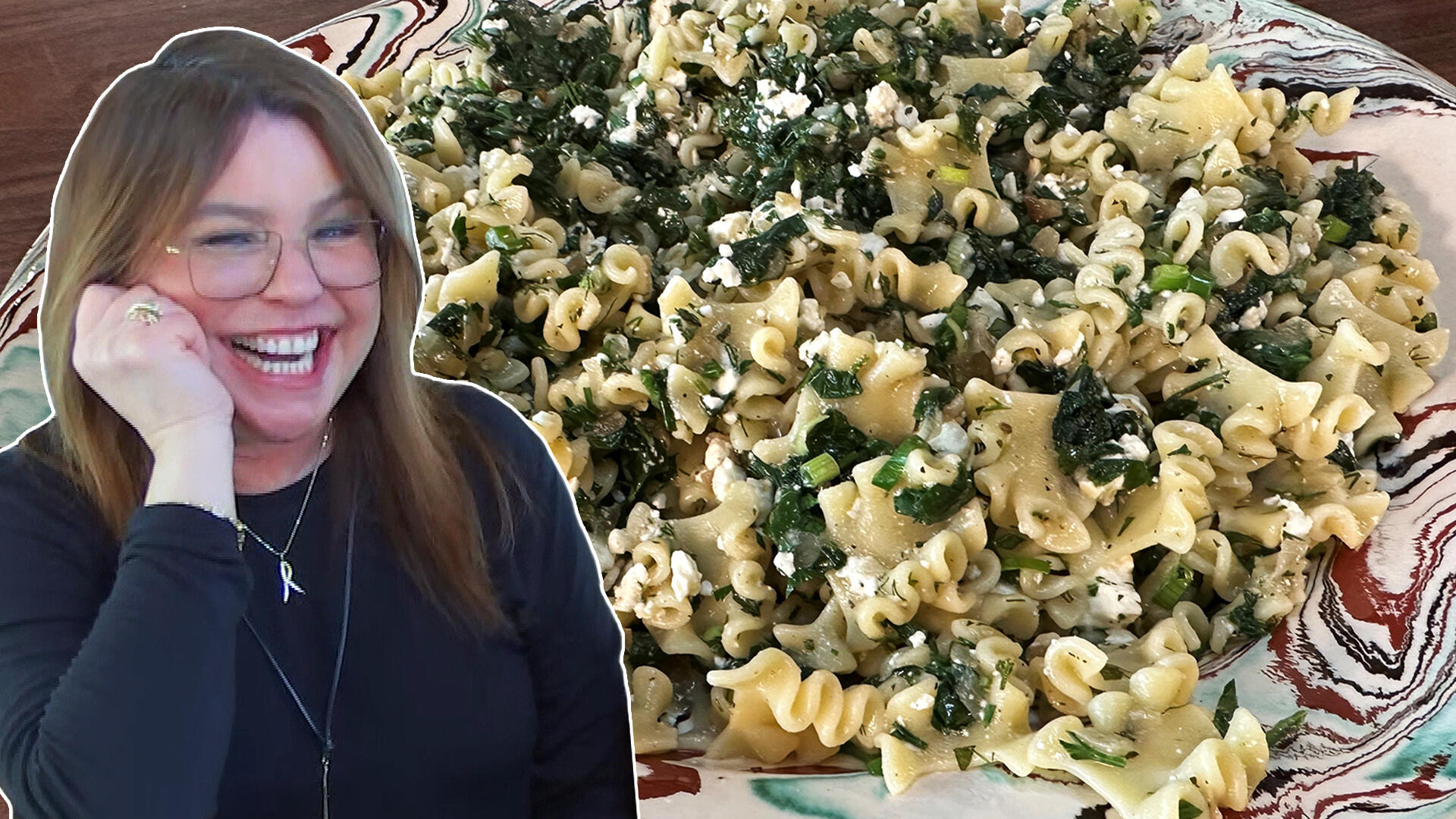
How to Make Spanakopipasta | Rachael Ray
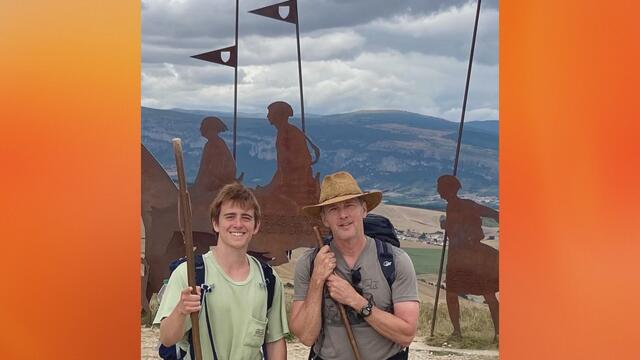
Andrew McCarthy Chokes Up Discussing Emotional Trip to Spain wit…

Celebrity Guests Send Farewell Messages After 17 Seasons of the …

Celebrity Guests Send Farewell Messages After 17 Seasons of the …

Andrew McCarthy Teases Upcoming "Brat Pack" Reunion Special
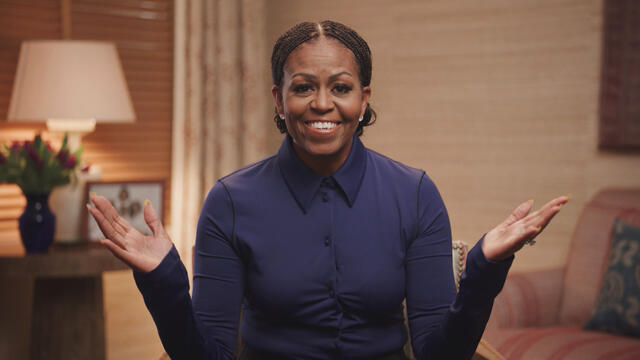
Michelle Obama Toasts Rach's 17 Years on the Air With a Heartfel…
Make no bones about it, everyone, bone health is important!
And since May is National Osteoporosis Month, our friend Dr. Ian is joining us to work with Amgen to give you the scoop on osteoporosis
"You can never cure osteoporosis," Dr. Ian explains, "but you can diagnose it, you can treat it, and you can try to limit the amount of [bone] fractures."
"What you're trying to do is prevent fractures," he stresses.
To learn more about the condition, we put two mother-daughter duos to the test with five true or false questions.
(Watch them compete in the video above and see how many YOU can get right!)
1) THE BONES WE'RE BORN WITH ARE THE BONES WE HAVE FOR LIFE
A: FALSE
Dr. Ian's take: "The truth is that there's something called bone remodeling that happens. And what happens is the bones are constantly broken down and they're built up throughout your life. There are two cells called osteoclast and osteoblast-- they take bone down, they build bone up. Now, every 10 years, you actually have a new skeleton, because these little cells are remodeling you. You don't see it [and] you don't feel it obviously, but bones are living, growing tissues and they store all types of minerals, like calcium.” Your body will build bone tissue faster than you'll lose it, but between the ages of 20 and 30, that starts to change, which is why it's so important to be careful of building up your bone stock. “Bone loss is accelerated when women enter menopause, which is typically around the age of 51, which is why we always say, when you're younger, build up your bone stock, so you have it reserved."
2) HIGH CAFFEINE INTAKE INCREASES THE RISK OF OSTEOPOROSIS
A: TRUE
Dr. Ian's take: "Caffeine can actually cause your calcium to be flushed out of your bones. You need calcium in your bones to build strength. Caffeine can cause it be flushed out before it's properly absorbed. Your best bet is to drink no more than two cups of coffee per day."
And that's not all!
Dr. Ian says that salt, soda and alcohol can also interfere with your body's ability to retain calcium.
BUT it's never too late to get your fill of calcium, the doc says!
"You can eat calcium-rich foods," he explains, "like dairy and dark leafy greens that'll improve your bone health."
With that said, women with osteoporosis unfortunately may have a more difficult time, despite their efforts.
"Calcium, vitamin D and lifestyle changes are important," Dr. Ian says, "but with women who have osteoporosis, it may not be enough."
Did You Know This Could Actually Help Prevent Osteoporosis?
3) OUR BODIES MAY SAG AS WE AGE, BUT OUR HEIGHT STAYS THE SAME
A: FALSE
Dr. Ian's take: "As we age, gravity unfortunately takes its toll on us, and it does so by flattening the feet and compressing the discs in your spine. Women may shrink approximately 2 inches between the ages of 30 and 70 -- and about 3.1 inches by the time you're 80."
"About 1 in 2 women over the age of 50 in the US will have an osteoporosis-related fracture in her lifetime, which is why this information is so important," he goes on. "Women 65 and over should ask their doctor for sure about their risk of osteoporosis and ask for a bone-density scan to see exactly where you are.”
"When you have osteoporosis, you can't really feel your bones getting weaker and you probably won't know it's happening until it's too late," the doc stresses, "so this is why we try to do our scans and make sure we're checking our bone stock."
4) WALKING CAN HELP PREVENT OSTEOPOROSIS
A: TRUE
Dr. Ian's take: "This is a weird concept, but the way to build bone is actually to injure bone. Weight-bearing exercises -- like walking -- or anything that causes pressure on your bone actually causes your bone density to increase and to build. So walking is very good.” You should walk five times a week, for at least 30 minutes. And try to add one challenge each day, whether it's going uphill, picking up your pace [or doing] jumping jacks. It's never too late to start, but you should know that for building bone mass, it's typically important between the ages of 10 and 30. Bone density peaks around 30 -- and then in your 40s, it starts to slip away."
5) HEREDITY DOES NOT PLAY A ROLE IN OSTEOPOROSIS
A: FALSE
Dr. Ian's take: "If your mom has osteoporosis or bone loss, you probably will get it, too. Because approximately 75% of your individual's peak bone mass is determined by your genetics. So if your mom or grandmother has had it, it's likely -- not guaranteed -- that you may be at risk for it also.” People of Asian descent tend to have lower bone density than Caucasians. And African Americans tend to have higher bone density than Caucasians. You have to ask about your family history for bone breaks. “[And] talk to your doctor about creating a bone-building plan that's best for you."
Pro tip from Dr. Ian? "Look at bone stock like a 401(k) plan. The more you put in early, the better it is for later."
For more information on osteoporosis, visit www.takechargeofosteo.com.


